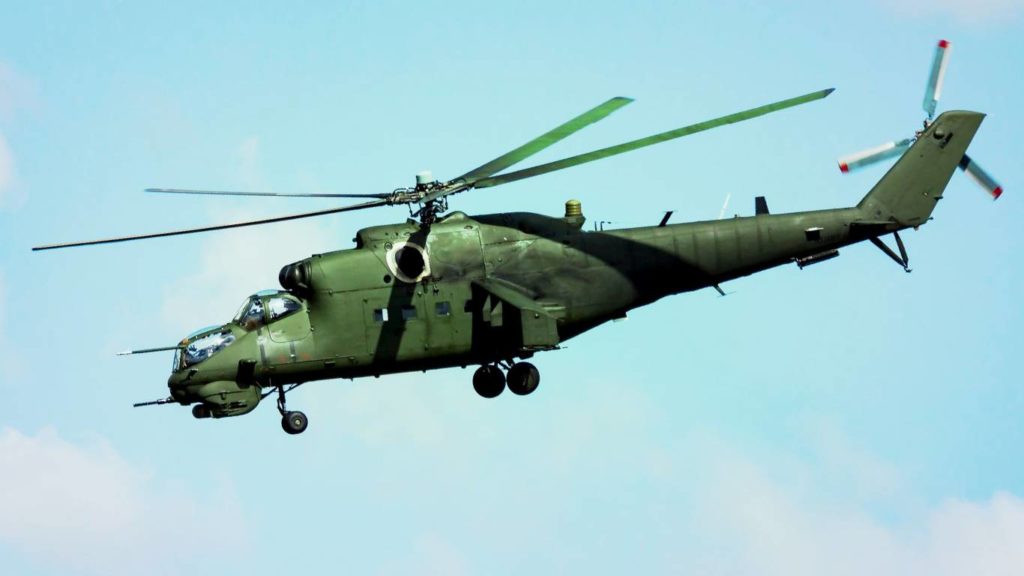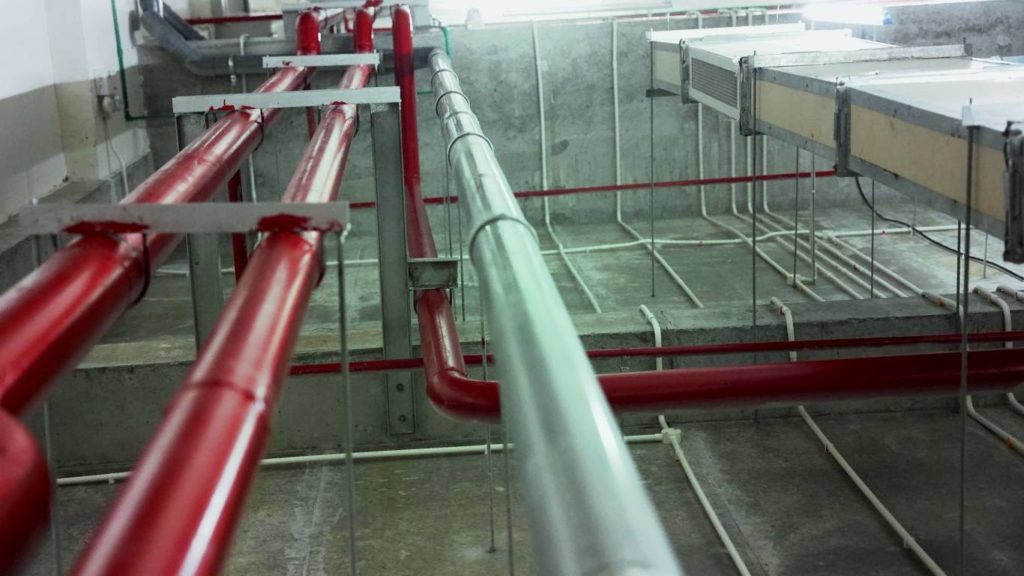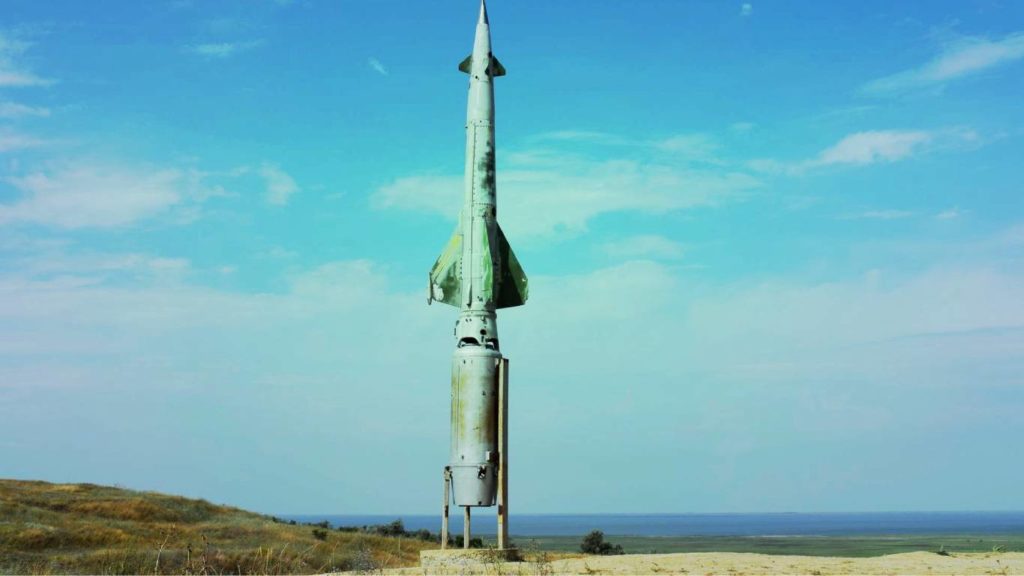
We don’t have to look too hard to notice transportation technology’s presence, since it’s helping with COVID-19. It also interconnecting societies across the globe for centuries, bringing about the pros of globalization. But those are modern examples and don’t shine the light on the fact it’s one of our earliest and most significant technologies. That’s why our ancient technology vs. modern technology article exists in the first place. Obviously, it has progressed immensely, and its effects became numerous and far-reaching. So, we’ve condensed them into key aspects of transportation technology.
What is transportation technology?
Transportation technology refers to the technological improvements, tools or techniques, for moving humans, animals, and goods from one place to another, using one or more types of infrastructure and transport. Transportation technology can apply to all modes of transport (air, land, water, pipeline, space, cable), which consist of transport infrastructure, vehicles, and operations.
Examples of transportation technology
Here are some notable products of transportation technology:
1. Micromobile vehicles

In modern times, hoverboards, diesel or electric motor-powered bicycles, motor scooters, and motorcycles represent micro-mobile transportation technologies. Chinese researchers also developed an autonomous bicycle in 2019 that maintains balance and avoids obstacles while responding to voice commands and can carry cargo on platforms.
2. Land vehicles

These are common types of land vehicles and some of their features:
Steam to diesel to electric engines
Cars were the first type of ground vessel to move from steam to diesel engines, back in the 1930s. They’re based on the internal combustion engine that uses petrol (gasoline) or gas (natural gas or liquefied petroleum gas) as fuel to power the vehicle. In the early 2020s, a rapid switch from diesel to electric motors began. They use a rechargeable Lithium-Ion battery and come with a plethora of smart features we or AI (Artificial Intelligence) can control via software or firmware.
Furthermore, electric cars are gas emission-free, provide powerful torque, and much more responsive and power-efficient.
Hydrogen-powered engines and fuel economy
Hydrogen-powered cars are another alternative to diesel engines, but they must convert chemical energy to mechanical energy to work. Additionally, they require 3 times the power per mile driven than electric cars. What’s more, they emit lots of carbon dioxide while extracting hydrogen from natural gas.
On the other hand, technological advancements in 3D printing and manufacturing seek to exchange steel and iron in automobiles with lightweight options: carbon fibers and magnesium-aluminum alloys. According to studies, a weight reduction of 10% results in fuel economy improvements of over 6%.
3. Aerial vehicles

Helicopters are pivotal for emergency use in the military, medicine, tourism, meteorology, and newscasting. They use one or more main rotors that spin horizontally to provide lift and thrust, allowing them to hover or fly backward, forward, or laterally.
Drones are essentially quad-rotorcrafts that vary in size. Military ones are larger, controllable from vast distances, and fly higher than airplanes. Commercial drones are significantly smaller but also pilotless, and can be controlled remotely.
Aircraft, on the other hand, use jet engines to provide static lift and gain support from the air. They can carry cargo or personnel for military or civil use, but can also fly unmanned for experimental or model use.
4. Rail vehicles

Rail transport was initially dominated by steam-powered engines, then moved to diesel engines in the early 20th century, and finally to overhead electric wires or batteries. Additionally, cables or chains can pull rail vehicles, while gas turbines and pneumatics can power them. Modern technological advancements have also introduced:
- Maglev train uses magnetic levitation to travel by levitating above the track with the use of 2 magnets. Because there’s no friction, such trains can reach speeds of 270 mph-370 mph.
- Hyperloop transport linear induction or electric propulsion to glide the passenger or freight compartment along the pneumatic tube. The proposed maximum speed is 750 mph, but demonstrations only reached half of that.
5. Watercrafts

Watercraft use buoyancy to traverse bodies of water: canals, rivers, lakes, seas, or oceans. Ships were one of the first applications of steam engines for transport, back in the 1800s. Moreover, both ships and submarines were the early adopters of diesel engines, since the 1910s.
Besides carrying people, animals, or cargo (non-perishable goods), watercraft can also have different power sources. They can use bunker fuel, nuclear power, wind power, or even large pusher fans, like in the case of hovercrafts.
6. Pipelines

Until recently, we solely utilized pipeline transport technology to carry liquids or gas over long distances. However, with the introduction of “loop” underground tunneling systems by Elon Musk’s The Boring Company, a variation of public or private pipeline transport can be used to also support the movement of humans and animals.
7. Spacecrafts

Spacecrafts carry animals, humans, and goods to or through outer space. Examples of manned spacecraft include those used during the United States’ Apollo program (1961-1972) and the Space Shuttle program (1977-2011). Technology for transportation was also responsible for sending the artificial satellite, International Space Station, into orbit in 1998.
Unmanned examples are various space probes, telescopes, and satellites, which can be semi or fully autonomous. Transpiration technology is also utilized for spacecraft launch control from Earth via propulsion, motion in orbit with or without propulsion, and landing on the impact on a lunar or planetary surface.
Some more examples of transportation technology
| Transportation Technology | Description | Benefit or Application |
|---|---|---|
| Electric Cars | Cars that can run on electricity | Reduces reliance on fossil fuels and carbon emission |
| AI driven vehicles | Self-driving vehicles powered by AI and sensors that do not require human oversight | Increased road safety, reduces human labor and traffic congestion. |
| Hyperloop | An underground mode of transportation, using tunnels and magnetic levitation | Reduces pollution, traffic, and travel time, and offers a high speed transportation method. |
| Maglev | Trains that run tracks using magnetic levitation | Superfast, eco-friendly, and efficient. |
| Advanced Navigation | A much more enhanced mapping system | Increases navigation accuracy and streamlines supply chain management |
| Smart Roads | Roads that incorporate sensors and advanced communication solutions | Road safety and traffic management |
| Supersonic airplanes | Airplanes traveling faster than the speed of sound | Superfast, allows for a much longer flight schedule without overlays. |
Application of transportation technology
These are some areas we can apply transportation technology to:
Reduction in traffic accidents and fatalities
This is achieved by using autonomous vehicles with Intelligent Transportation Systems (ITS). These systems consist of sensors, cameras, GPS, dynamic route planning (DRP), and other wireless technologies to navigate traffic around them. We discussed this when we analyzed how technology keeps us safe. Additionally, by using AI and machine learning, we can train vehicles using datasets from past traffic accidents.
Storage space optimization/inventory reduction
We talked about this when noticed technology is replacing jobs. Automated warehouses will use robots to accept incoming stock and catalogize, then organize, tag, pack, move, and prepare for shipping. Robots can also hone the storage system and always operate at peak performance. And because there are no human employees, bottlenecks, overcrowding, or slow-downs, inventory is always at optimal levels.
Economic impact
We already discussed ways technology can help save the environment, and transportation has a huge impact. The primary goal is to reduce fossil fuel usage by switching to sustainable technologies, some of which we’ve mentioned above. Even airplanes are getting a makeover – Airbus announced zero-emission concept commercial aircraft, ZEROe, which can enter service as early as 2035.
Upcoming Trends in Transportation Technology
Transportation is an indispensable part of our lives. And it enjoys a rich history. We have evolved from horse carts to airplanes. However, technological advancement never stops, especially in transportation. Over the years, a significant part of the human population has started living in big cities, thus increasing the need for modern transportation.
However, it has also resulted in issues such as traffic, noise pollution, road accidents, greenhouse gas effects, and so on.
The US alone has a staggering 290 million registered vehicles. In fact, a study has shown that almost 40% of the population spends at least an hour in a vehicle daily. All this has led us to understand just how important transportation is.
That is why we have created a list of upcoming trends in transportation technology, especially smart transportation, to learn what the future has in store for us. But before that, you can also take a look at this video to understand how technology is changing public transportation.
1. Smart Bicycles
Smart transportation has already cemented its place. It is a multi-billion-dollar industry, valued at almost $100 billion. It is also expected to reach $250 billion by the end of this decade. Which is why when researchers in China developed an AI-powered self-driving bicycle, we were not surprised. They have used a neuromorphic chip in the model that responds to voice commands, while also housing hundreds of thousands of sensors to ensure road safety.
2. Delivery Drones
Another trend to look forward to is certainly the arrival of delivery drones. Last-mile delivery is often considered the hardest aspect of a supply chain. With the growing demand and presence of e-commerce, many are looking for ways to make autonomous deliveries a reality.
The technology is already here, and UPS has even delivered prescription medication to homes during the COVID-19 pandemic. All we need are fair regulations, and soon we will be welcoming drones as they deliver our favorite meal.
3. Multi-Directional Elevators
A German elevator manufacturer, ThyssenKrupp, has come up with the concept of a ropeless and sideways-moving elevator system and is currently in the midst of developing it. But elevators are not a mode of transportation, are they? You are right, they are not, yet. However, with multi-directional elevators and smart cities, they might replace pavements for good.
4. Flying Taxis
The next entry on this list might seem like something out of a sci-fi movie, just like all the others; however, this aerial transportation method has already been prototyped by at least 20 different companies.
These flying taxis would work as small airplanes that would allow commuting between cities. While the hope for this tech is to revolutionize air travel by offering a cheap and safe alternative, the biggest challenges it currently faces are cost and regulations.
5. Lightweight Vehicles
And lastly, we have automobile manufacturers working on creating lightweight vehicles that, despite being light, retain their high performance. In doing so, these manufacturers hope to improve fuel efficiency, as a weight reduction of just 10% can increase fuel efficiency by at least 6%.